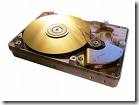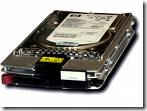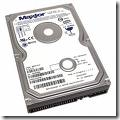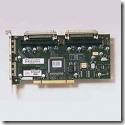
How to Perform a Software Update on Your Maxtor Fusion
 The following procedure shows you how to perform a software update on your Maxtor Fusion. During the update process, the Maxtor Fusion will be unavailable to active users. Please notify these users before proceeding.
The following procedure shows you how to perform a software update on your Maxtor Fusion. During the update process, the Maxtor Fusion will be unavailable to active users. Please notify these users before proceeding.
- Download the FUSION-x.xx.pkg (where “x” equals the numbers for the update) file to your supported, Windows or Macintosh Client computer.
- Launch the Fusion’s Web User Interface (Web UI). From the Login Page, login as admin and provide the admin password to authenticate.
- From the admin’s home page, click Set Preferences.
- From the Admin Applet, click SYSTEM SETTINGS.
- The SYSTEM SETTINGS Applet opens. Click the Update button.
- You will be prompted to choose an update file. Click the Browse button to locate and select the FUSION-x.xx.pkg (where “x” equals the numbers for the update) file located on your client.
- Once selected, click the Update button.
- A window opens informing you that the, “Update process has started”. This process will take approximately 5 minutes to complete and during this time, the Fusion will NOT be available to users. Click OK.
- At this point the FUSION-x.xx.pkg (where “x” equals the numbers for the update) Update will be loaded to the Maxtor Fusion. When finished, a window opens informing you, “Update complete”. Click OK.
- The software update is complete. You can now Logout of the Fusion’s Web UI.
Additional Information:
To confirm that the Update was successful:
- Launch the Fusion’s Web User Interface (Web UI). From the Login Page, login as admin and provide the admin password to authenticate.
- From the admin’s home page, click Set Preferences.
- From the Admin Applet, click ABOUT.
- The ABOUT Applet opens. In the upper-left corner of the Applet, you will see (for example if you loaded the FUSION-1.52.pkg):
Maxtor FusionTM
Software version FUSION – 1.52
Flash Video that shows you how to perform a Software Update on Your Maxtor Fusion.






